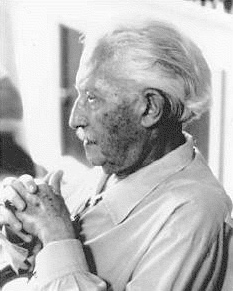Use in psychology
Psychologically, generativity is concern for the future, a need to nurture and guide younger people and contribute to the next generation. [4] Erikson argued that this usually develops during middle age (which spans approximately ages 45 through 64) in keeping with his stage-model of psychosocial development. [5] After having experienced old age himself, Erikson believed that generativity maintains a more important role in later life than he initially had thought.
In Erikson's theory, Generativity is contrasted with Stagnation. [5] During this stage, people contribute to the next generation through caring, teaching and engaging in creative work which contributes to society. Generativity involves answering the question "Can I Make My Life Count?", and in this process, finding one’s life's work and contributing to the development of others through activities such as volunteering, mentoring, and contributing to future generations. It has also been described as a concern for one's legacy, accepting the independence lives of family and increasing philanthropic pursuits. [3] Generative concern leads to concrete goals and actions such as "providing a narrative schematic of the generative self to the next generation". [6]
McAdams and de St. Aubin developed a 20-item scale to assess generativity, and to help discover who it is that is nurturing and leading the next generation. [3] This model is not restricted to stages, with generativity able to be a concern throughout adulthood, not just in middle adulthood, as Erikson suggested. Example items include "I try to pass along the knowledge that I have gained through my experiences", "I have a responsibility to improve the neighborhood in which I live", and (reversed) "In general, my actions do not have a positive effect on other people."
This page is based on this
Wikipedia article Text is available under the
CC BY-SA 4.0 license; additional terms may apply.
Images, videos and audio are available under their respective licenses.
